The ‘59 Chevrolet and the Ford Quicksilver
By Jim and Cheryl Farrell
Whether they admit it or not, GM, Ford and Chrysler all used spies to find out what other car companies were planning. It’s now called “industrial espionage” but it used to be called just plain spying. Ford was late in getting into the spy game, but by the mid-1950s the Ford Marketing department had set up a small studio in the basement of the Ford Design Center. They hired two Ford designers, Ken Nelson and Bill Boyer, to clay model competitors’ cars in the evenings after their workday was finished. One of the full-sized clay models of competitors’ cars Nelson and Boyer built was based on “information” the Ford Marketing department had obtained from a friendly tool and die maker who did work for GM.
Ford first became aware of the finned, “forward looking” cars Chrysler planned to market in 1957 at roughly the same time GM did. As a result of knowing what Chrysler was planning for 1957, GM changed design directions for its entire ‘59 car line. Ford’s response was to wait and see. One result of Ford’s wait and see response was the boxy ‘59 Ford.
In 1956, Joe Oros was appointed head of Ford design studio. He encouraged Ford’s wait and see response—and the design of the ‘59 Ford. As a backup plan, Oros also decided to begin designing Ford’s own finned car proposal he simply called the Concept. The Concept was designed in the Ford Preproduction studio. It was based on Oros’ sketches and design ideas, but the actual design work was done by Ford designers Jim Darden (manager), George Barbaz, Stu Denker, Chuck Mashigan, Chuck Harbison, and Jack Telnack. Oros followed the progress of the Concept daily offering plenty of his own suggestions. Most designers agree that Oros personally directed, approved and suggested many of the features of the Concept’s design. Oros’ general design idea was to create a proposal that looked long with fins that laid on top of the deck lid, but that were integrated into the entire design, front to rear.
In the meantime and by the time the Concept was nearing completion, in another studio downstairs, Nelson and Boyer were finishing their clay model of the ‘59 Chevrolet 4-door sedan. Everyone at Ford from management on down, on seeing the ‘59 Chevrolet clay model, soon convinced themselves that GM had somehow caught on to what Ford was doing and was purposely trying to mislead them. (The consensus among Ford designers was that GM would never build such an ugly car.) When spy photos of the ‘59 Chevrolet later became available they confirmed that Ford’s ‘59 Chevrolet clay model was for real, but by then It was too late to change the design of the ‘59 Ford.
Jim Wright, the new head of Ford Division, soon convinced himself and others that the ‘59 Ford was the wrong design and that Ford needed a new, fresh design direction—more like GM and Chrysler. Sales increases made by the ‘57 Chrysler products further convinced Wright and others that Ford was on the wrong design track.
After the Concept was finished, and as more and more of Ford’s management stopped by to see it, the consensus soon became that it showed the new design direction Ford needed to follow. After that, the Concept was renamed the Quicksilver. Next, the car originally planned as the ‘60 Ford, which looked like a continuation of the ‘59 Ford with updating, was ash-canned, and a crash program was undertaken to turn the Quicksilver into the all-new ‘60 Ford. That all happened before the boxy ‘59 Ford went on sale. By that time, however, Ford was also committed to a ‘60 Ford based on the Quicksilver.
You can imagine the reaction at Ford when their boxy ‘59 Ford won design awards and outsold the bat-winged Chevrolet. By then, however, it was too late to change the design of the ‘60 Ford, which was the second totally new Ford built within 2 years. The ‘60 Ford was designed and engineered in such a hurry it had all kinds of problems which hurt sales. There may or may not be a moral to this merry-go-round of a story, but the story itself sure is interesting.
Related posts:
How GM’s Radical 1959 Chevrolet Came to Be
Studio Art Found Online, Part 3
More Studio Art, George Barbaz
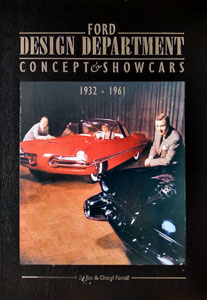
Posted by permission.
Photos courtesy of Ford Archives.
Check out Jim and Cheryl Farrell’s book, Ford Design Department—Concepts & Showcars
ISBN 0-9672428-0-0
Book review to come.
For book ordering information, email: cfarrell57@gmail.com

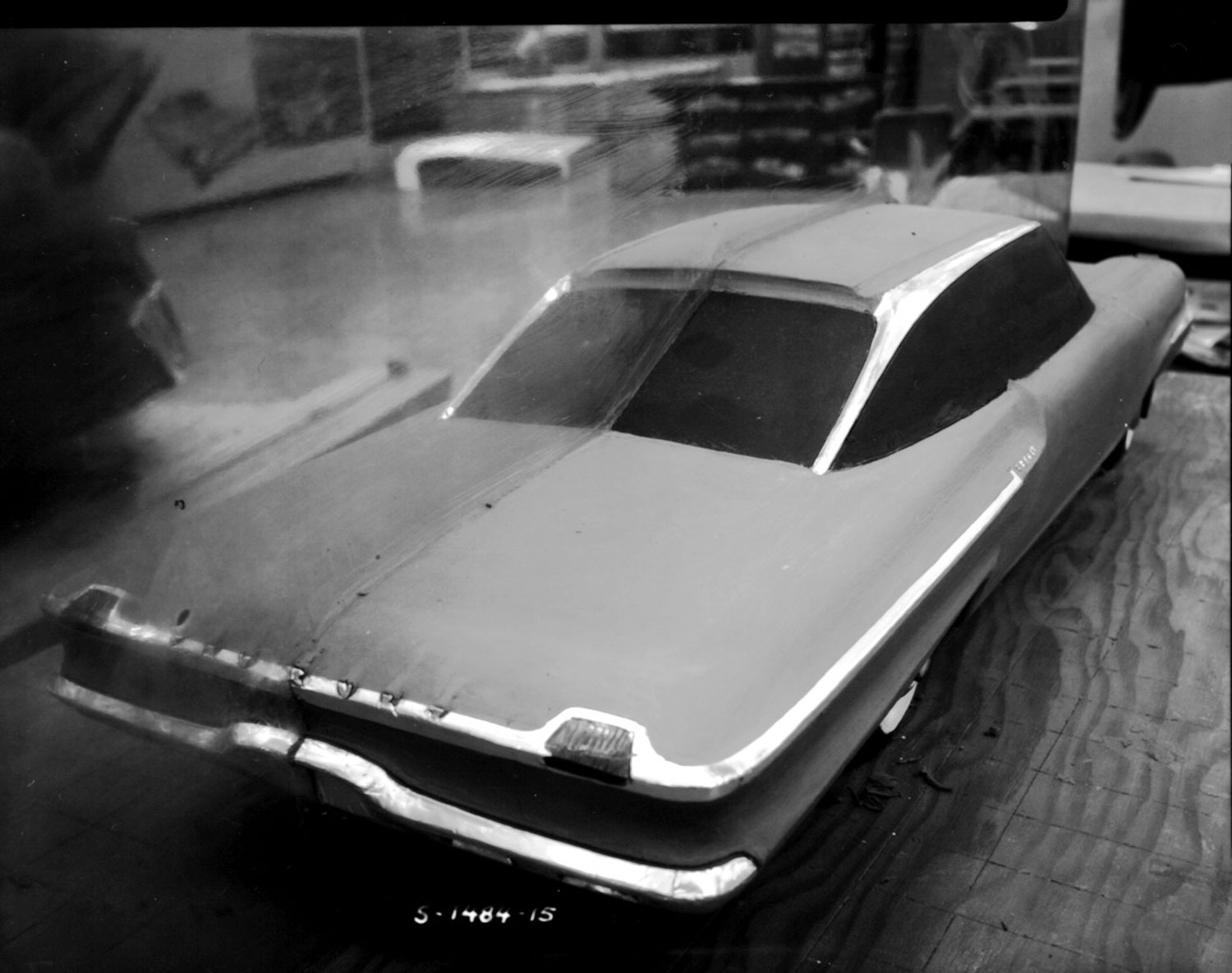
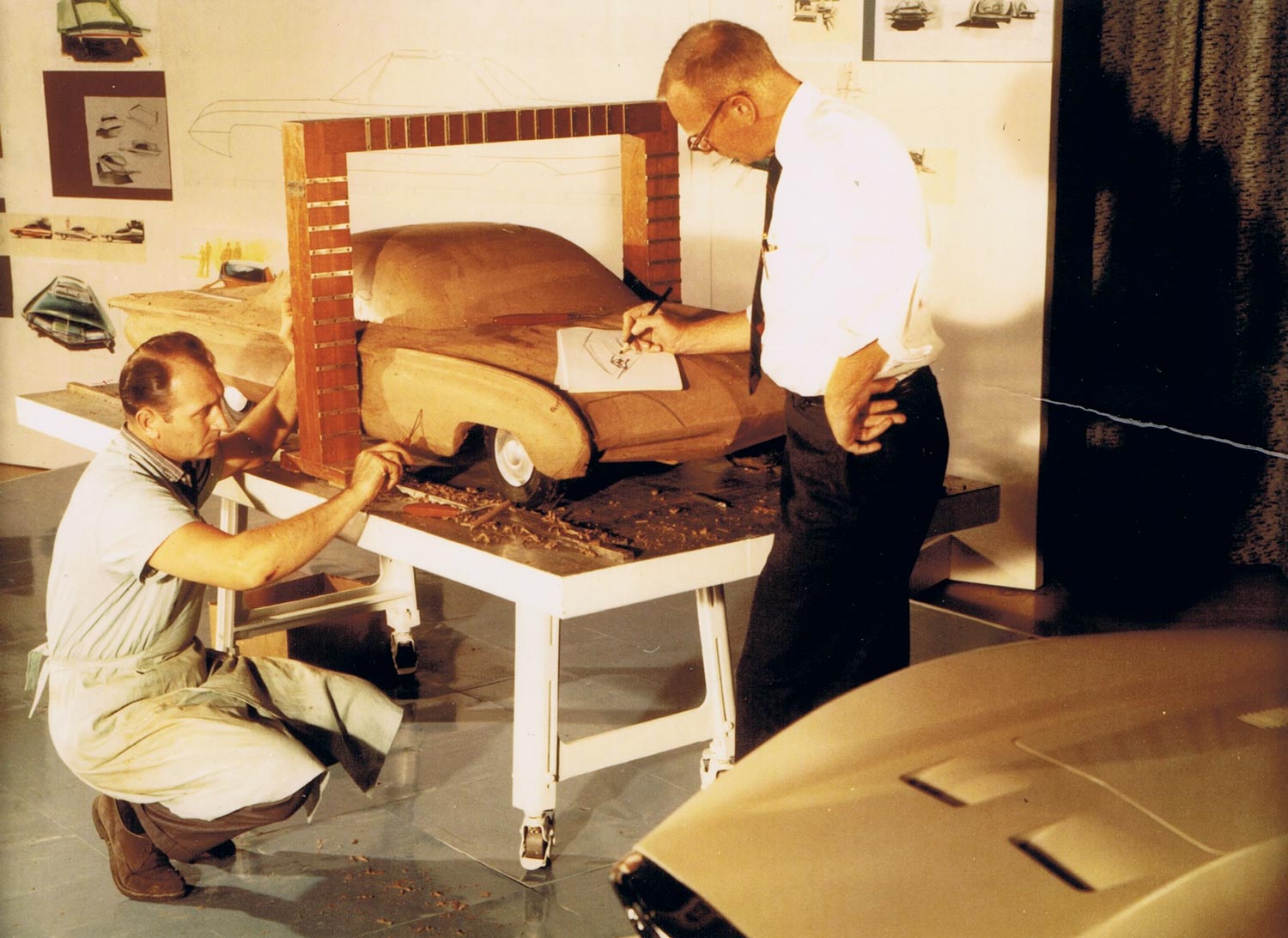
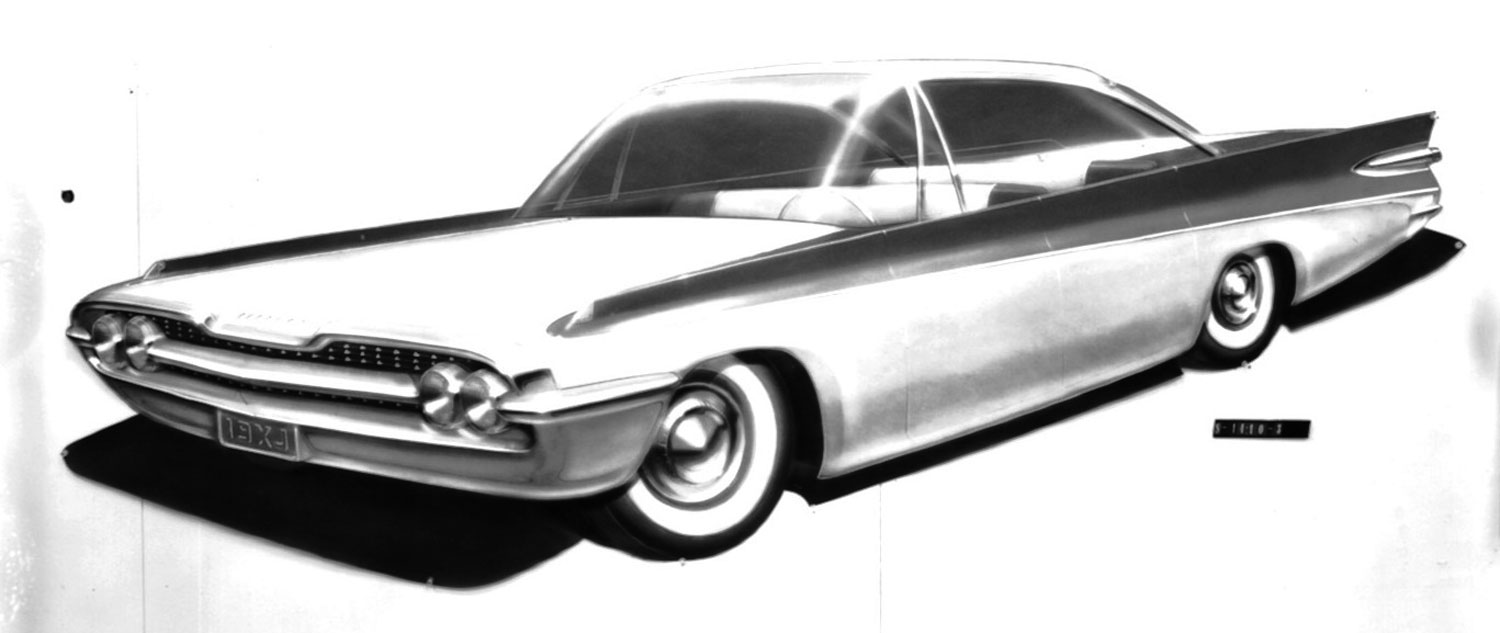
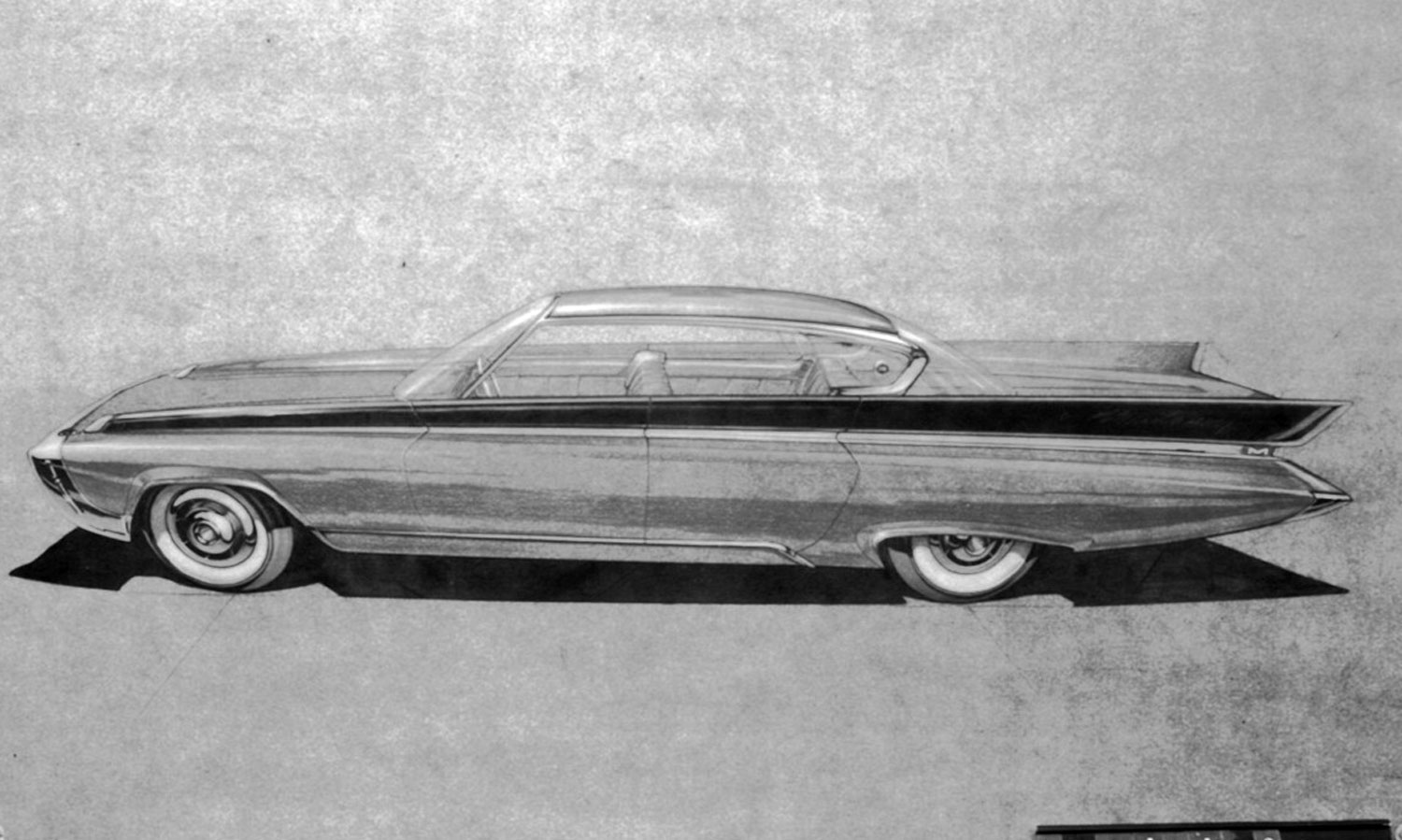
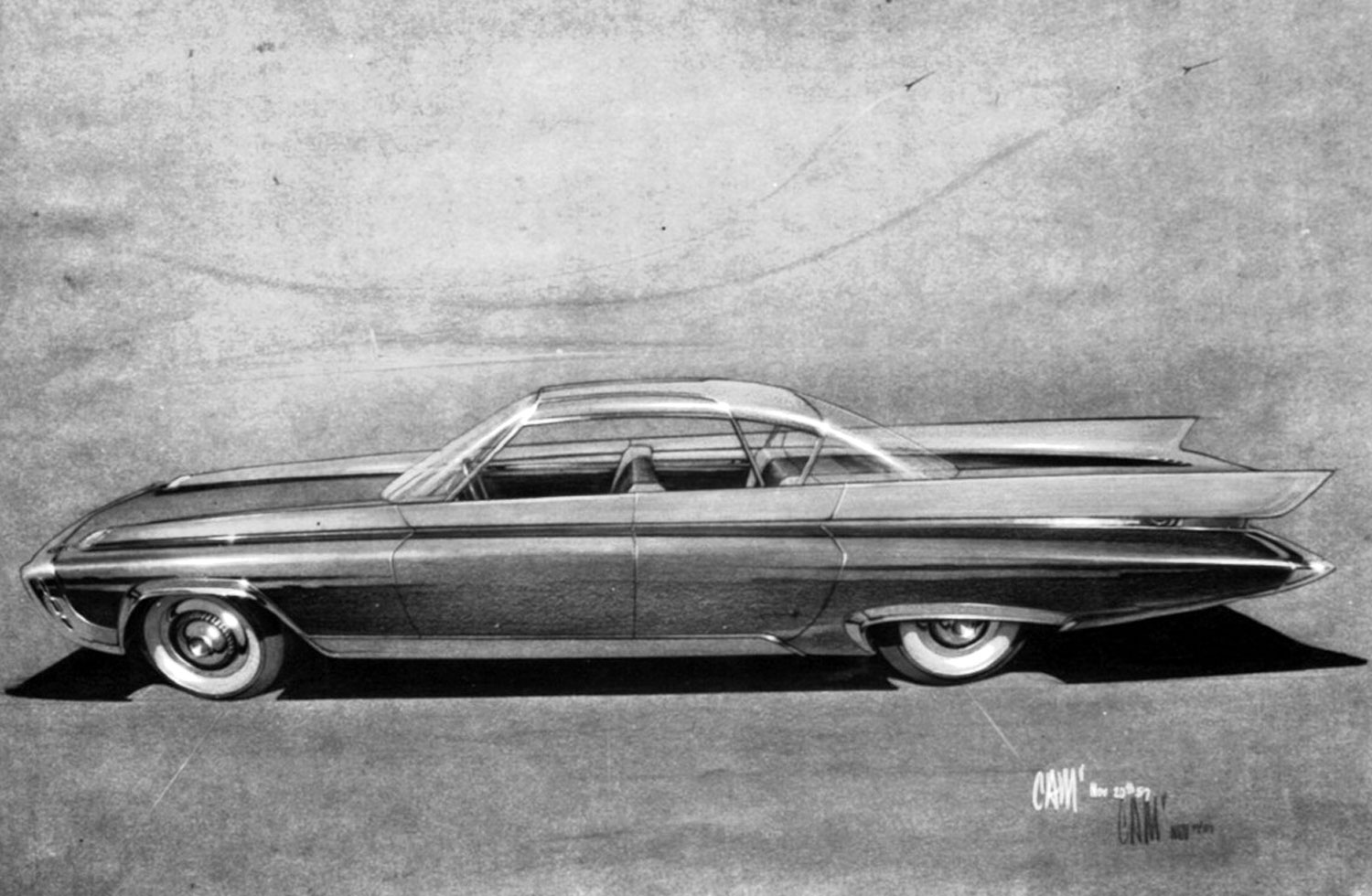
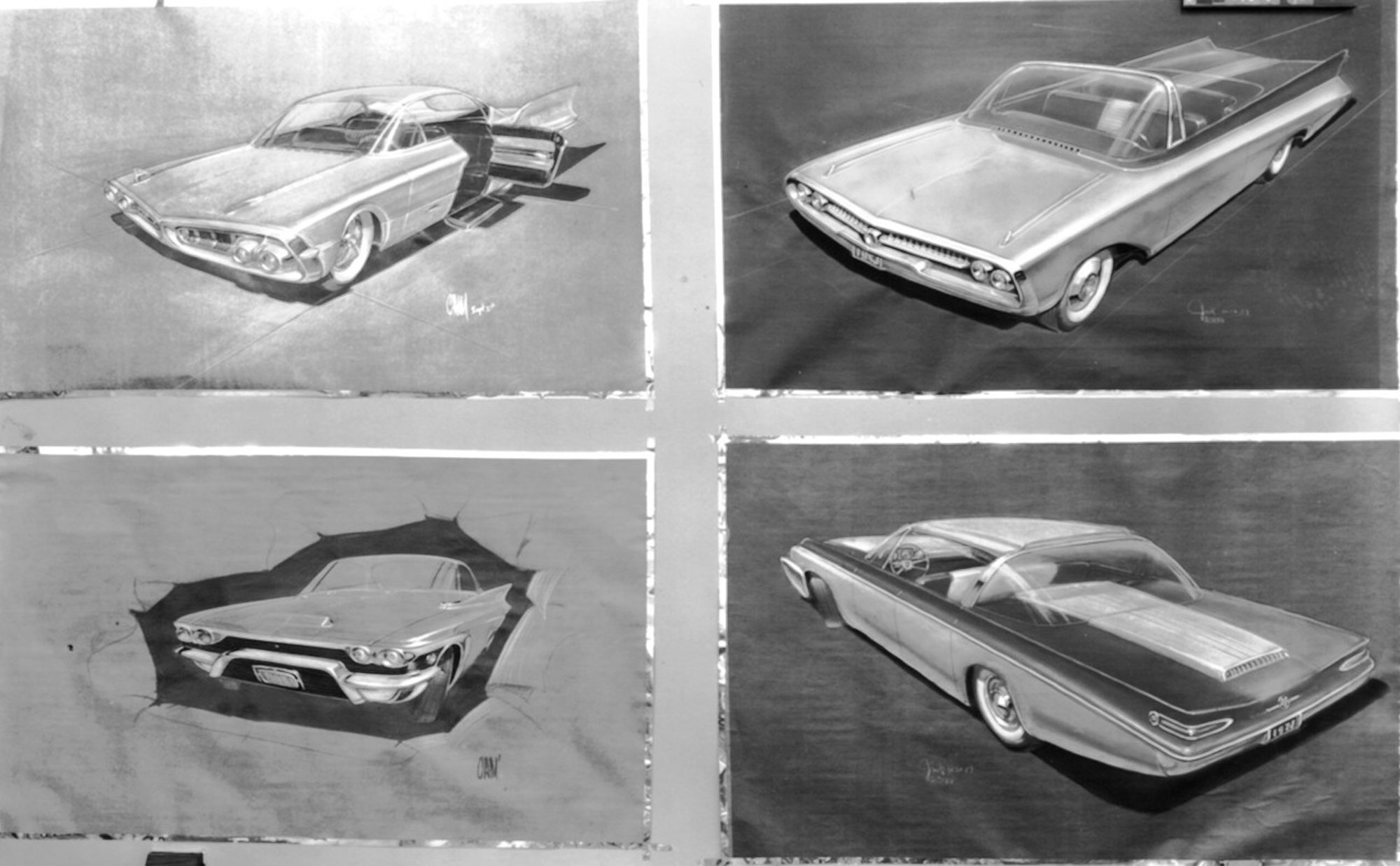
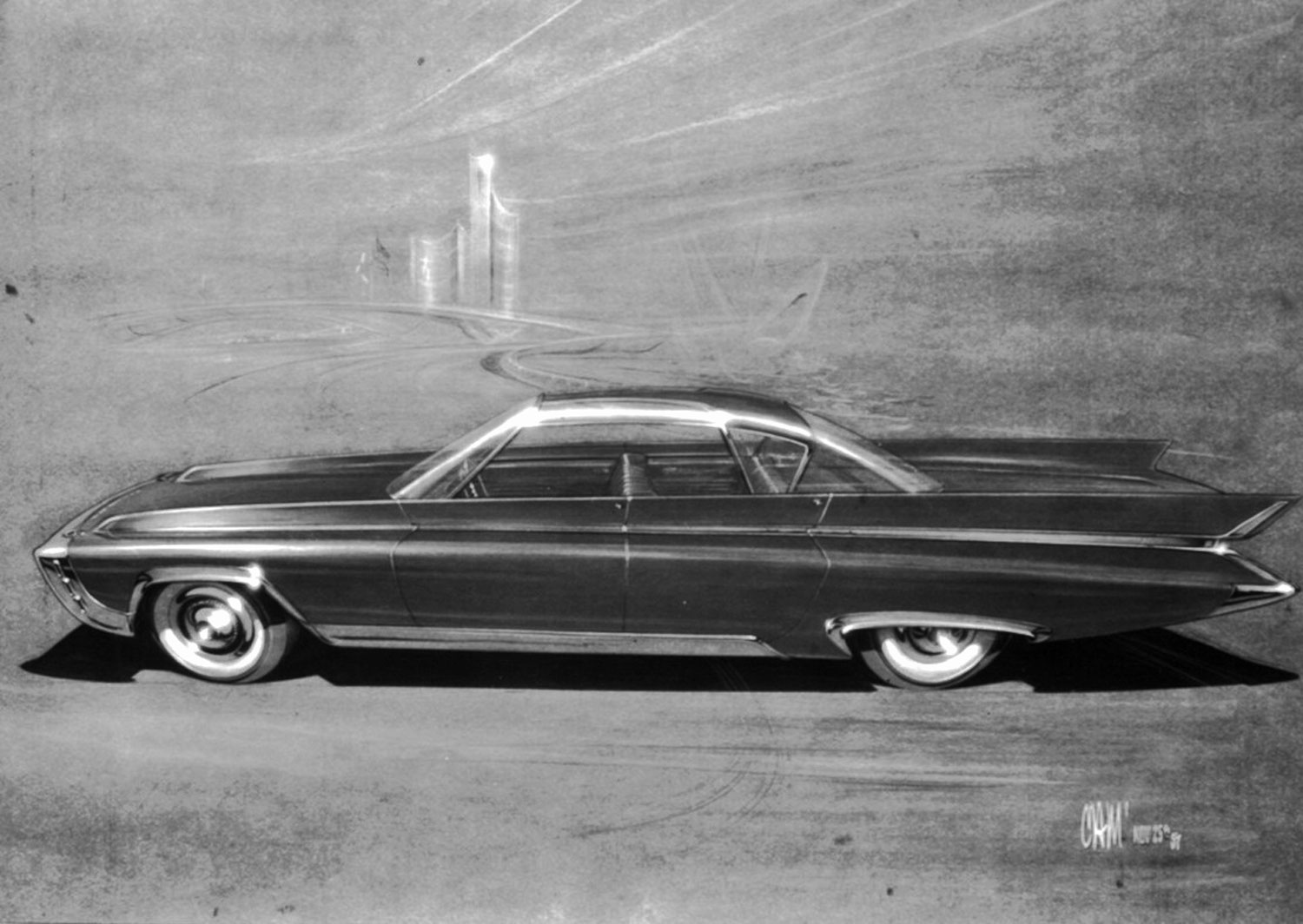
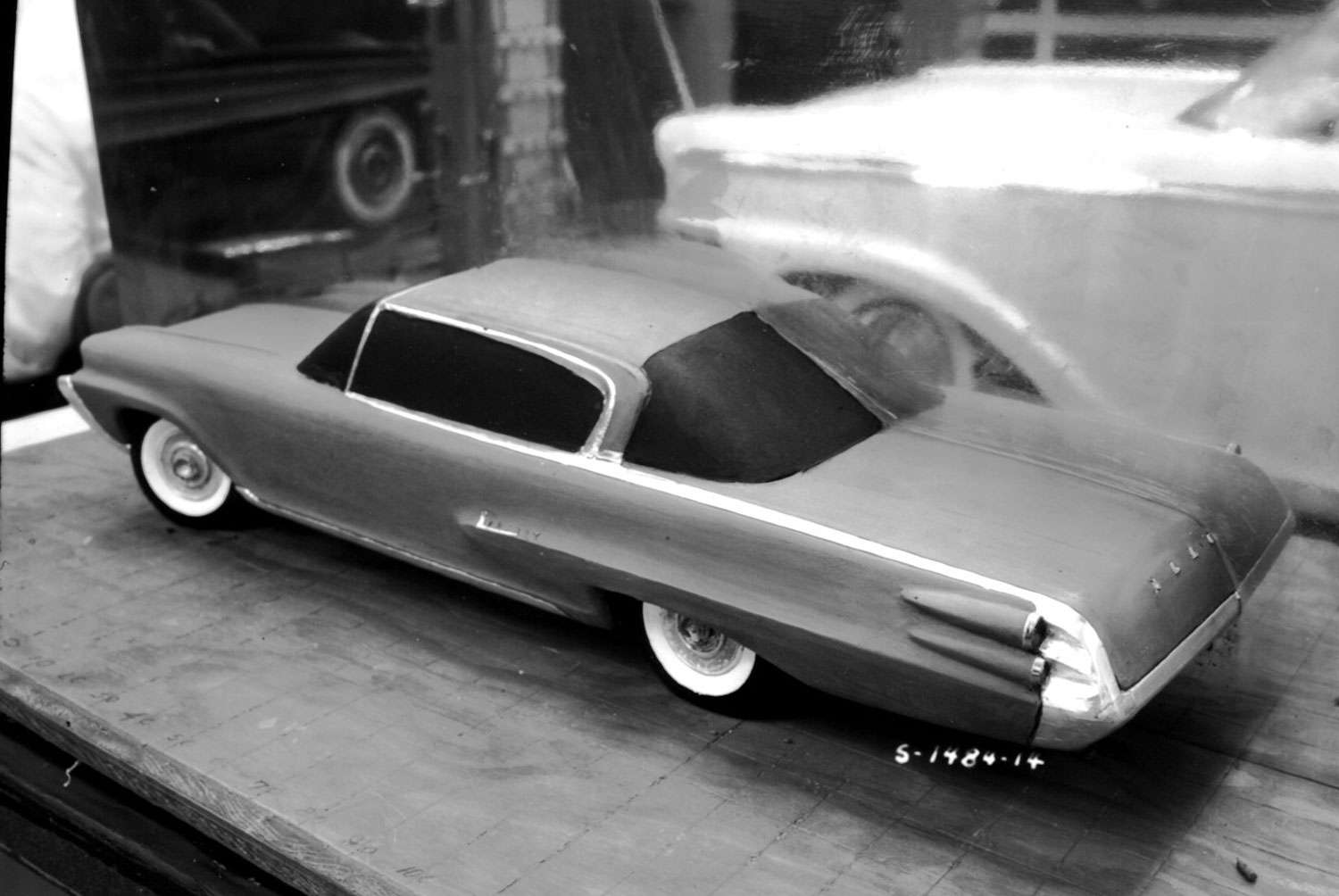
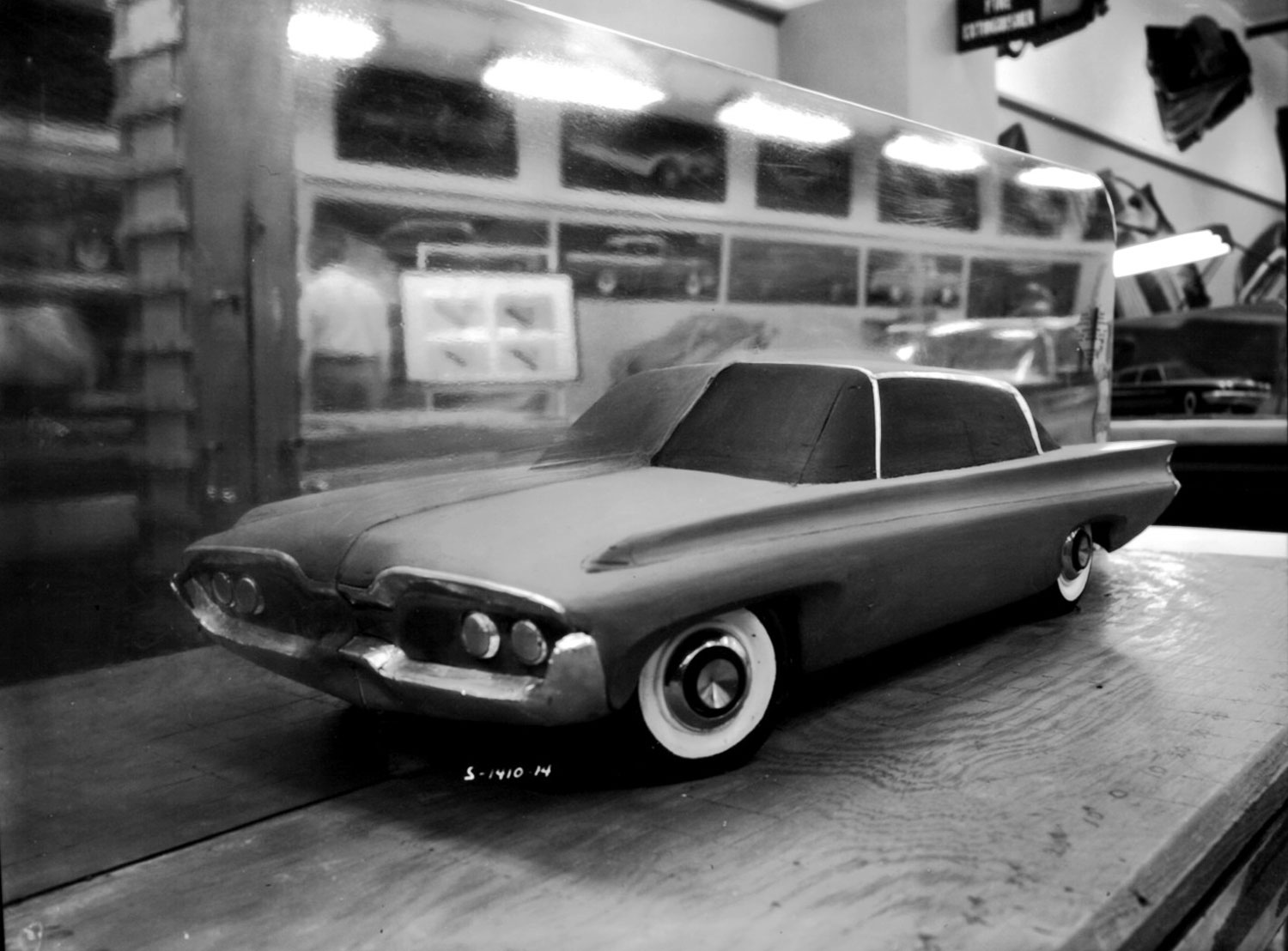
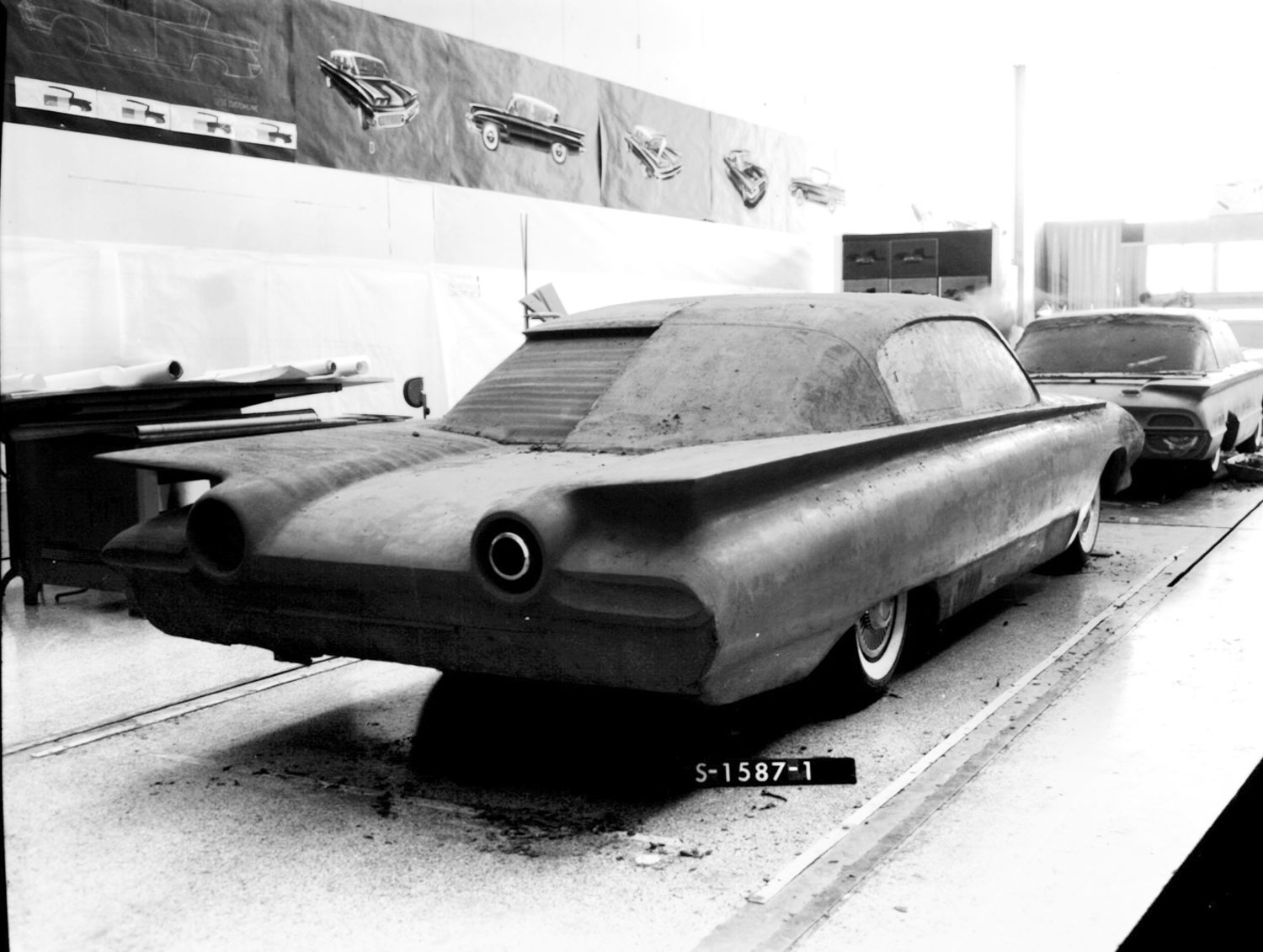
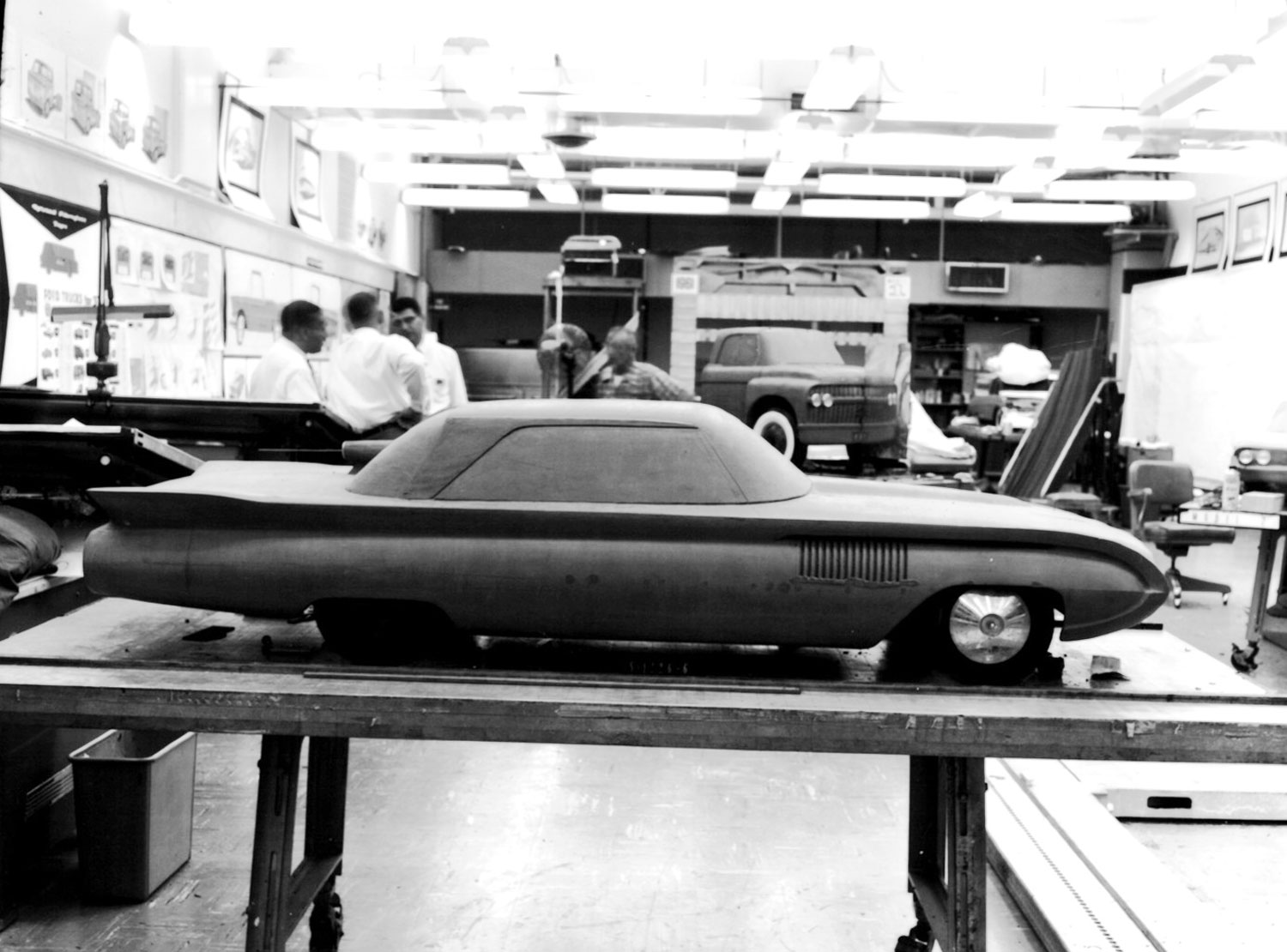
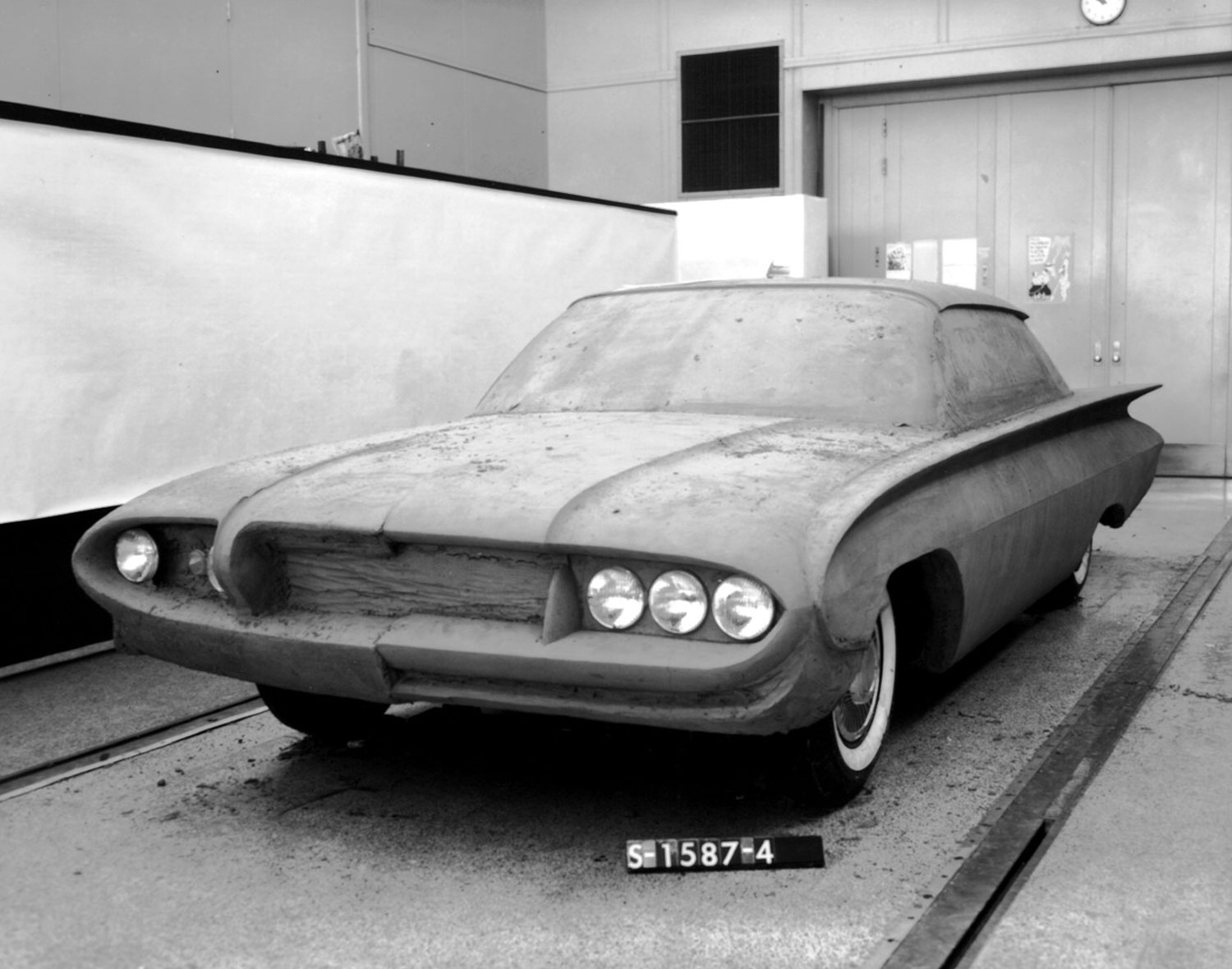
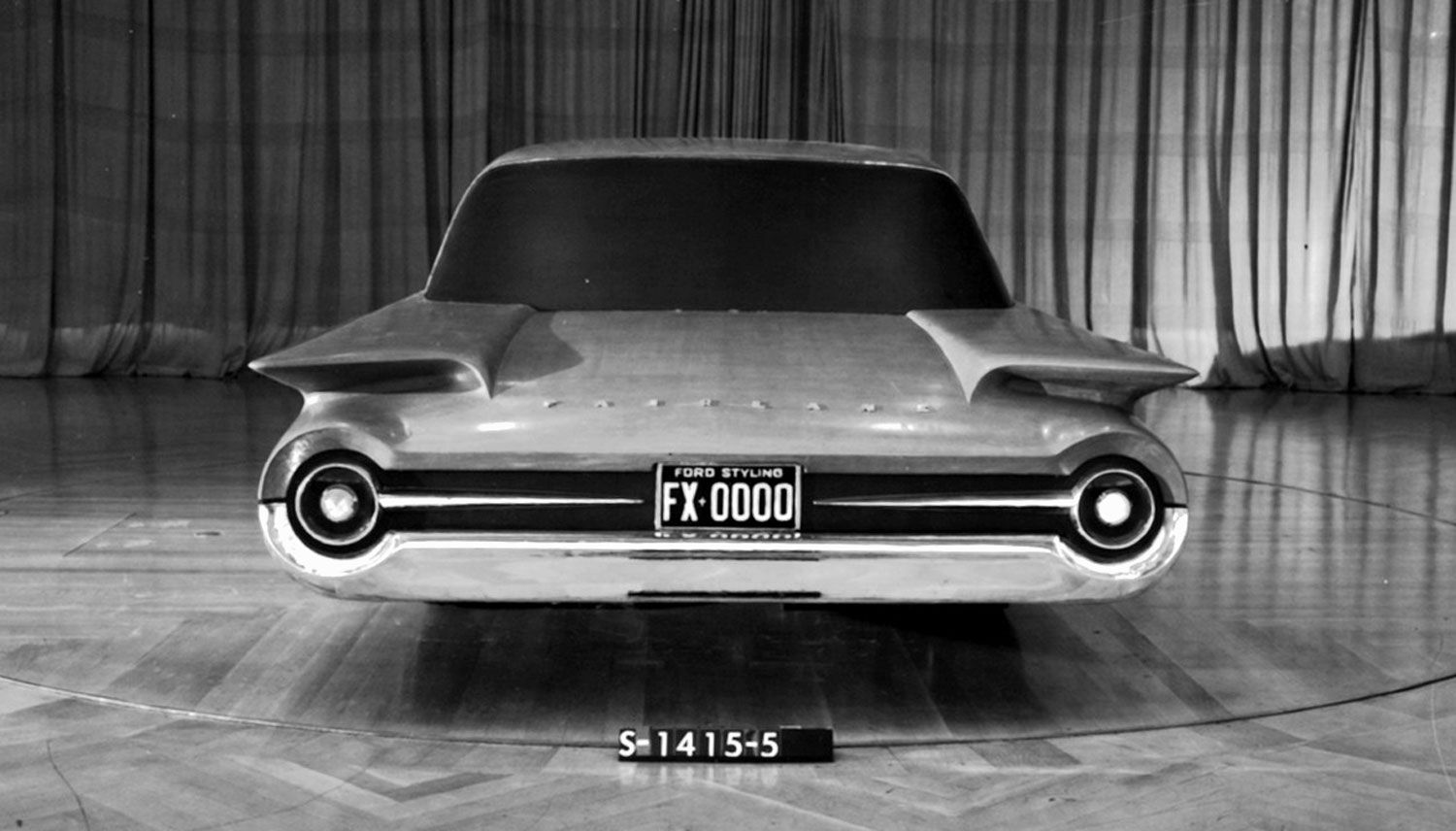
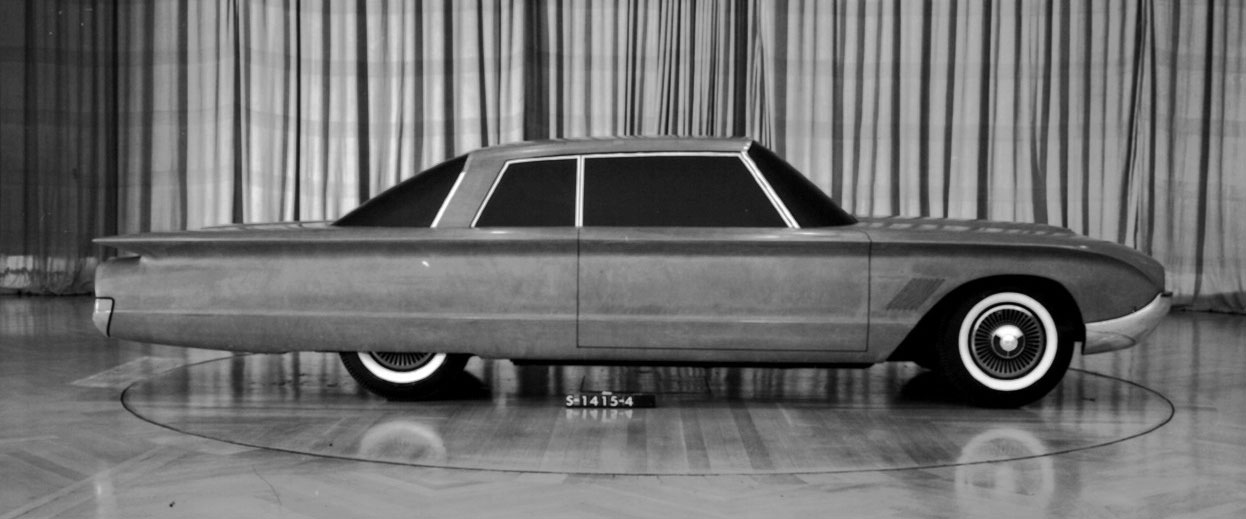
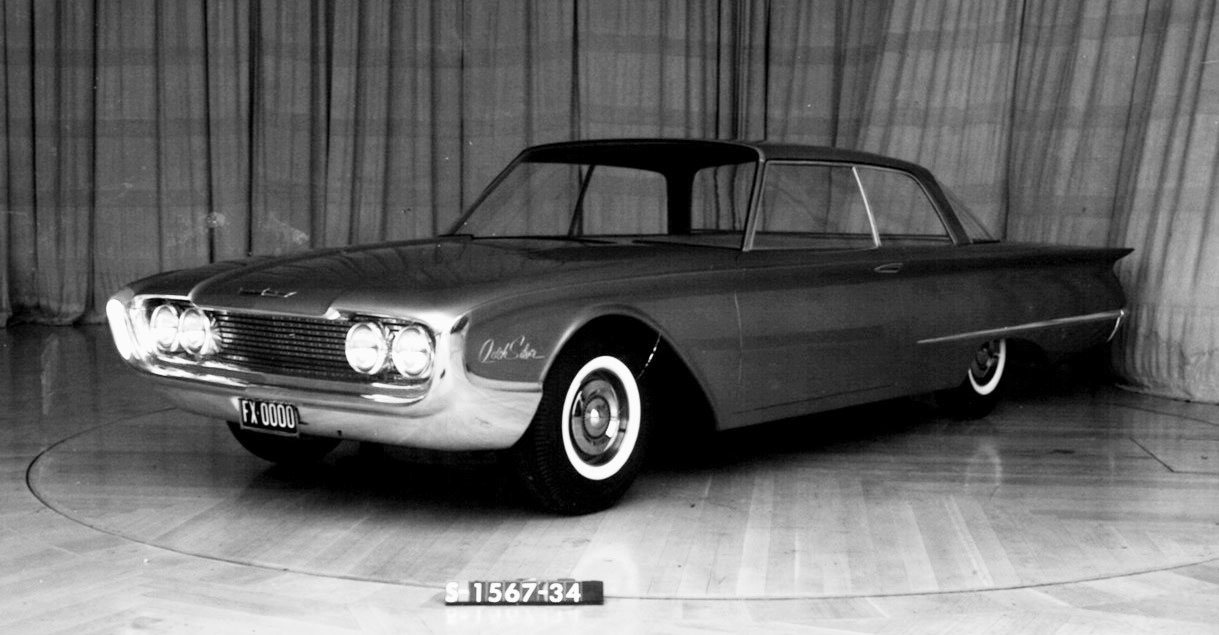
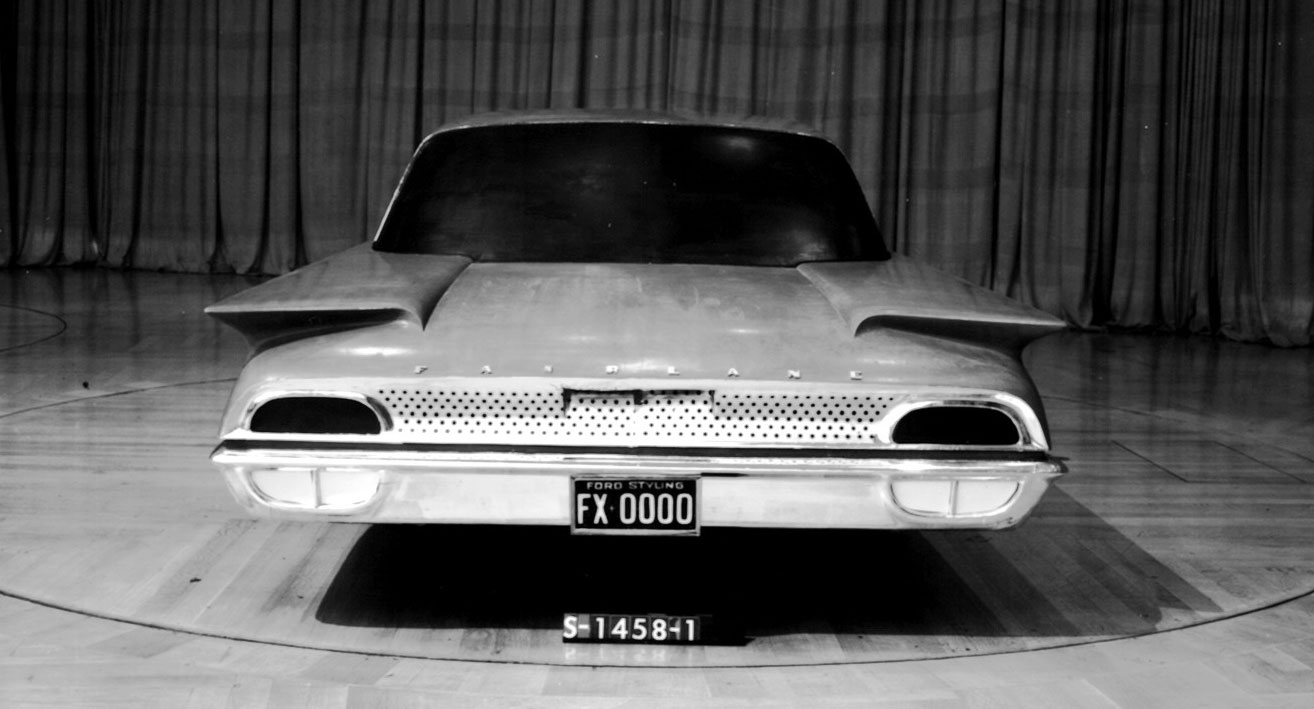
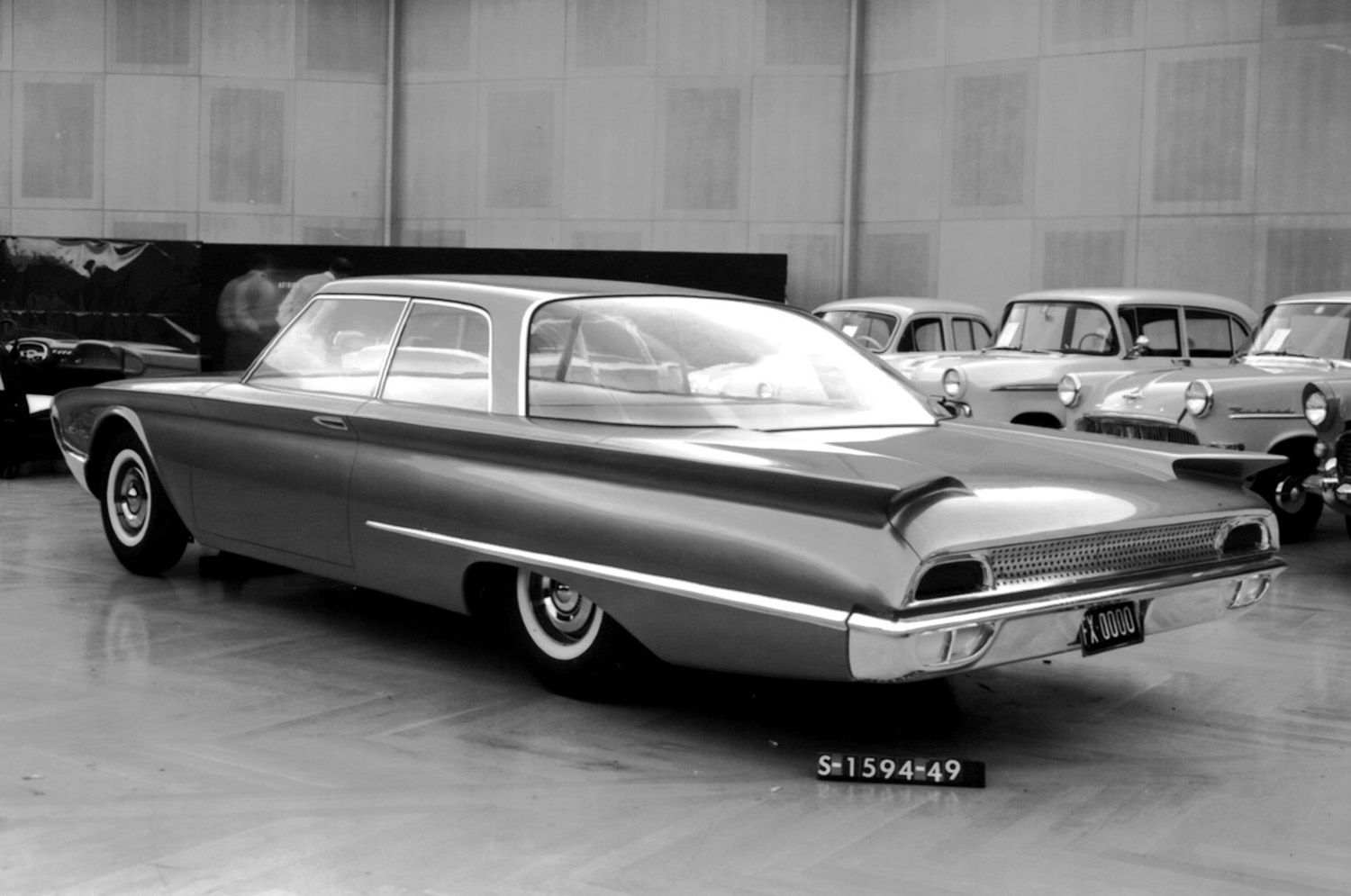
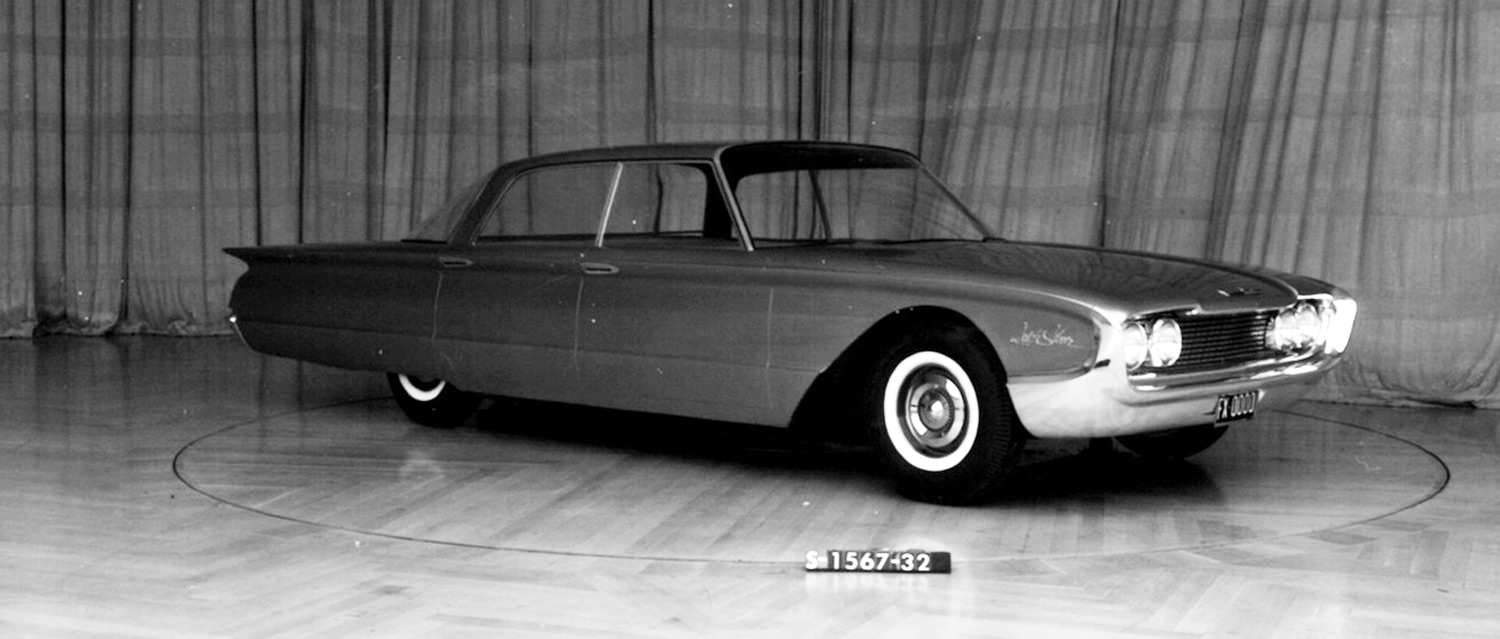
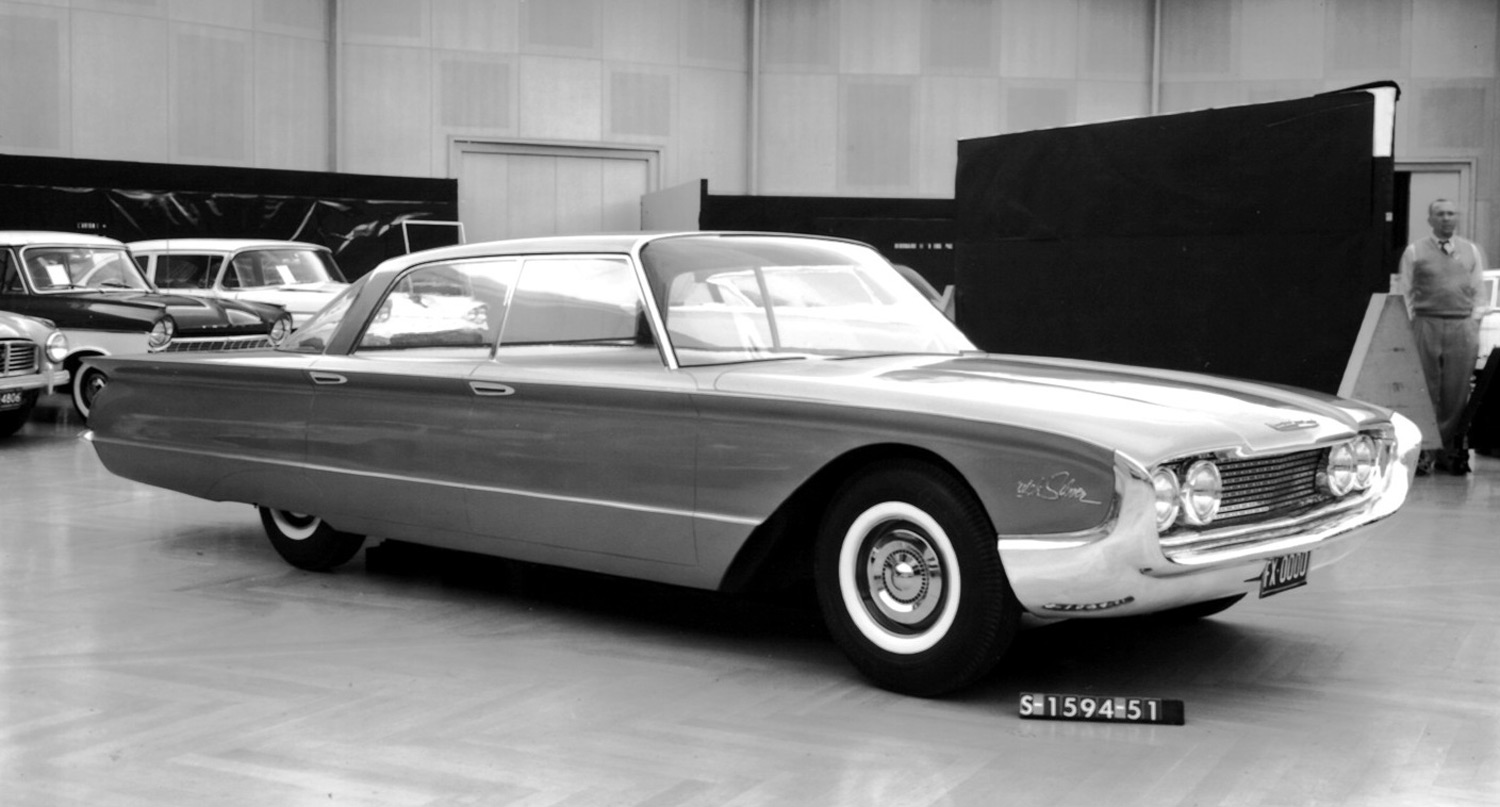
Amazing story. I thought the1960 Ford was a real home run. Not wild and crazy like GM cars, which were fine, but a car that was very well executed with a distinctive and very Ford theme. Like many cars of the time, cost and manufacturing requrements appear to have driven the car to a sane design solution. It worked well after all that because the theme was very strong.
There are GM Design stories about planes that used to fly over the Tech Center whenever there was an outside show.
I was told by Ford designers that a couple of cars that I had worked on had been modeled full size from tooling data. I asked them how they liked them and they said they thought that they were awful. This led me to believe that the Ford and GM Design cultures were polar opposite.
Thank you, a wonderful story.
It is always interesting to see which design themes made it to clay for 3 D study, and which features wound up on production vehicles…
I was a clay sculptor in the Dodge Truck studio and worked on the 93 Ram. Before it was released word around Design was that Ford had the design in clay. My clay leader had a brother who was a sculptor at Ford so Chrysler security question my coworker about this.
I always liked the 60 Ford, but sadly it got toned down in subsequent years. Also, there were shipping problems with the width. Seems they were too wide for the shipping trailers.
That is a funny story. The ’59 ford carried the 57 and 58 theme forward, with the dumb wrap-around windshield. I thought the ’60 was a substantial improvement. (our family had a 59, and then a 63, both station wagons)
As big a seller as it was, the ’59 Chevy was always looked at as an aberration. But the ’60 Ford Starliner was, then and now, one of the finest sedan designs of the era..and wasn’t as big a seller. The right design (to Detroit) is the one that sells. That wasn’t the Ford. And history shows us that the collectors want ’59 Cadillacs and ’59 Chevys. You don’t see that market for ’59 Galaxies or ’59 Lincolns.
Agree with everyone on the brilliance of the 1960 Ford. If they had gone with the round tail light version seen in photo it would have sold more – people wanted their Fords to have round tail lights, and the next year they got them back.
I see Ford designers were hoping for curved glass for the new body but that was no doubt vetoed by management. The 1961 Lincoln and Tbird got it but then management made them go back to flat windows for a bit because of some kind of problems, but I had a 40+ year old 1962 Lincoln and it didn’t leak any water or air around the curved side glass.
Unfortunately, Ford buyers were not as sophisticated and GM buyers and did not see the beauty of the one year only 1960 Ford. I love my 1960 Ford.